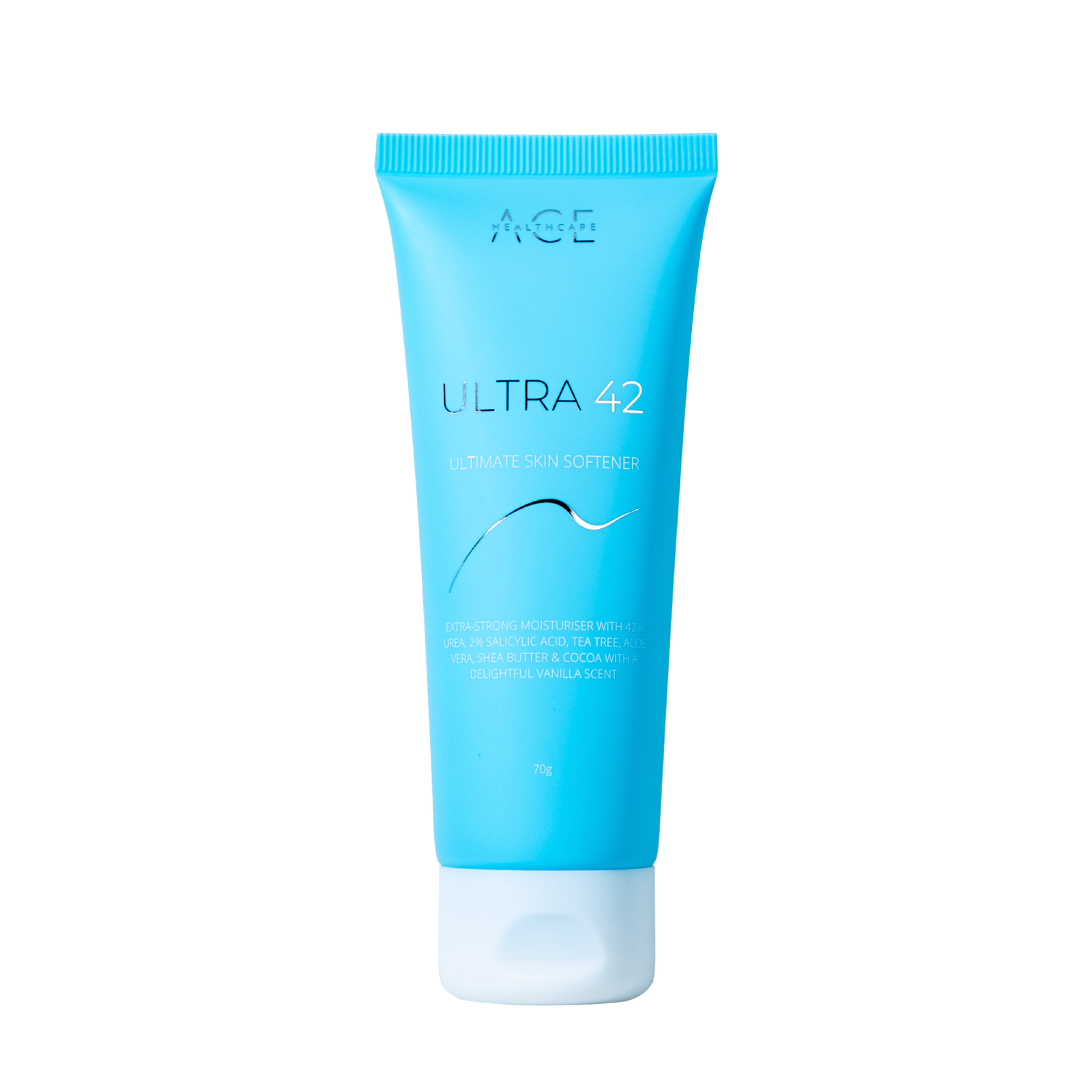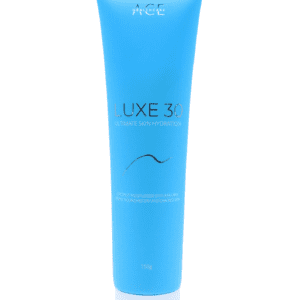Foot bumps such as corns, calluses, and bunions are often overlooked when it comes to foot care, but addressing them is crucial. These common foot problems can cause discomfort and pain if left untreated.
In this blog, we delve into the differences between these foot conditions, and also explore their causes and treatment options. By understanding each pesky bump, you’ll be better equipped to identify which one may be affecting your own feet and discover effective ways to care for them. Say goodbye to foot pain and hello to healthier feet!
What are Corns, Calluses and Bunions?
Corns and calluses are thickened areas of skin that develop from pressure or friction. They form to safeguard the skin against extended pressure and other irritations. Although both are caused by pressure and friction, they differ in several ways.
Calluses are commonly found on weight-bearing parts of the body, like the ball of the foot or heel. They are usually larger than corns and can be painful.
Corns are smaller and deeper, typically presenting a hard centre surrounded by inflamed skin, and can cause pain when pressed. They tend to occur on non-weight-bearing areas such as the top or sides of the toes but can also develop on weight-bearing parts of the foot.
Bunions are bony bumps that typically form at the base of the big toe. They arise from misaligned joint bones, causing the tip of the big toe to be pushed inward towards the other toes. This can result in pain and changes in walking pattern.
While these conditions share some common causes, they also have unique causes and risk factors. Let’s delve deeper to understand them better.
Cause of Corns, Calluses and Bunions
These annoying foot bumps share some common causes such as:
- Wearing ill fitting or inappropriate shoes
- Foot shape – misshapen feet can make you more susceptible to developing bunions, corns or calluses
- Congenital foot deformities and biomechanical factors such as flat feet, high arches or hypermobile joints
However, corns, calluses and bunions also have unique causes.
First, let’s explore the common causes of corns and calluses:
– Engaging in activities that exert pressure or friction on the feet, such as jogging, running, or dancing.
– Wearing ill-fitting socks that slide around in shoes, creating friction and pressure when they bunch up. Similarly, going sockless can expose areas of the feet to the shoe’s pressure and friction.
– With age, our skin contains less fatty tissue, leaving certain areas less cushioned and more susceptible to developing calluses.
– Walking or running barefoot can increase the likelihood of callus formation on the feet.
– Bunions can affect your walking pattern and alter the distribution of pressure on the foot, resulting in corns and calluses.
– The presence of hammer toes can also heighten the risk of developing corns and calluses.
Bunions can stem from various factors, including:
– Neuromuscular conditions like cerebral palsy can heighten the likelihood of bunion formation.
– Trauma to the big toe can cause misalignment, leading to the development of a bunion.
– Foot arthritis may contribute to higher susceptibility to bunions.
– A familial predisposition can increase the likelihood of bunion development.
– Women are more prone to bunions, possibly due to the design of women’s shoes.
– High-impact activities, such as dancing, can exert excess pressure on the forefoot, escalating the risk of bunions.
It’s not uncommon to mistake corns, calluses, and bunions, however, each condition requires its own specific treatment, which is why it’s important to differentiate between them.
Treatment Options for Corns, Calluses and Bunions
Our feet are often neglected but they bear the burden of carrying us through our day-to-day activities. They work hard, so it’s inevitable that conditions like corns, calluses, and bunions may arise. But fret not! Solutions exist to alleviate this discomfort.
Bunions, corns and calluses are treated differently, but there is a simple step that may be taken to prevent them developing in the first place – wearing well-fitted shoes that are comfortable and supportive! A simple rule of thumb to follow is that if you can’t wriggle your toes in your shoes, they are too tight!
The good news for most corns and calluses is that they can be treated at home by removing the buildup of skin with a few simple steps. Firstly, soak your feet in warm water until the skin softens (this should only take 5 – 10 minutes). Gently move a wet pumice stone or emery board across the corn or callus to remove dead tissue. Be careful not to remove too much skin or this could lead to bleeding and infection. Then apply a moisturising cream or lotion to the corn or callus and surrounding skin each day. We recommend a cream with Urea, such as the Walkers range, as this ingredient will soften skin over time.
Gel Corn Pads can be used to cushion and protect the area until it fully heals.
If you need to see your podiatrist, there are a couple of things that may happen:
- Your podiatrist might trim away thickened skin with a scalpel of specialised tool (don’t try this at home!)
- If corns and calluses are a result of biomechanical issues, your podiatrist might prescribe orthotics or insoles
Let’s talk about bunions treatments! The choice of treatment will depend on their severity, the discomfort or pain they cause, and any associated complications. Typically, surgery is the only corrective option once a bunion develops, but it’s considered a last resort. Your podiatrist will explore management techniques with you before considering surgery.
Bunion Sleeves Pads or Shields can be used to relieve friction and pressure from footwear, while Orthotics or insoles may relieve the pain for some people. In other cases, custom-made orthotics may be necessary!
If the bunion continues to cause significant pain or problems with normal day to day function, surgery may be recommended.
The most important thing to remember is that the earlier a bunion is treated the better outcome can be achieved. Early detection will prevent complications such as pain and possibly surgery in the future.
To ensure you receive the best treatment possible, it’s essential to see a podiatrist as they understand the intricacies of the foot and can provide recommendations for both prevention and management.
There you have it! We hope you won’t let painful foot bumps slow you down!
If you are based on the Gold Coast, we highly recommend our friends at ProMed Podiatry for their holistic approach to foot health.






